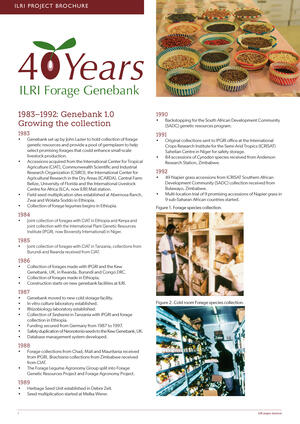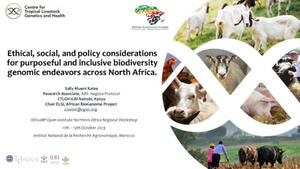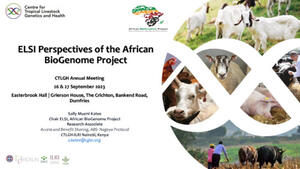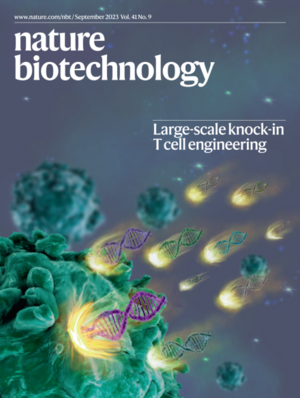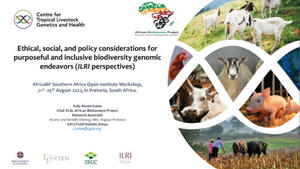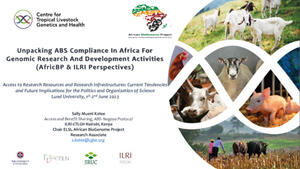
Metagenomics survey unravels diversity of biogas microbiomes with potential to enhance productivity in Kenya
Abstract
The obstacle to optimal utilization of biogas technology is poor understanding of biogas microbiomes diversities over a wide geographical coverage. We performed random shotgun sequencing on twelve environmental samples. Randomized complete block design was utilized to assign the twelve treatments to four blocks, within eastern and central regions of Kenya. We obtained 42 million paired-end reads that were annotated against sixteen reference databases using two ENVO ontologies, prior to β-diversity studies. We identified 37 phyla, 65 classes and 132 orders. Bacteria dominated and comprised 28 phyla, 42 classes and 92 orders, conveying substrate’s versatility in the treatments. Though, Fungi and Archaea comprised 5 phyla, the Fungi were richer; suggesting the importance of hydrolysis and fermentation in biogas production. High β-diversity within the taxa was largely linked to communities’ metabolic capabilities. Clostridiales and Bacteroidales, the most prevalent guilds, metabolize organic macromolecules. The identified Cytophagales, Alteromonadales, Flavobacteriales, Fusobacteriales, Deferribacterales, Elusimicrobiales, Chlamydiales, Synergistales to mention but few, also catabolize macromolecules into smaller substrates to conserve energy. Furthermore, δ-Proteobacteria, Gloeobacteria and Clostridia affiliates syntrophically regulate PH2 and reduce metal to provide reducing equivalents. Methanomicrobiales and other Methanomicrobia species were the most prevalence Archaea, converting formate, CO2(g), acetate and methylated substrates into CH4(g). Thermococci, Thermoplasmata and Thermoprotei were among the sulfur and other metal reducing Archaea that contributed to redox balancing and other metabolism within treatments. Eukaryotes, mainly fungi were the least abundant guild, comprising largely Ascomycota and Basidiomycota species. Chytridiomycetes, Blastocladiomycetes and Mortierellomycetes were among the rare species, suggesting their metabolic and substrates limitations. Generally, we observed that environmental and treatment perturbations influenced communities’ abundance, β-diversity and reactor performance largely through stochastic effect. Understanding diversity of biogas microbiomes over wide environmental variables and its’ productivity provided insights into better management strategies that ameliorate biochemical limitations to effective biogas production.
Citation
Muturi, S.M., Muthui, L.W., Njogu, P.M., Onguso, J.M., Wachira, F.N., Opiyo, S.O. and Pelle, R. 2021. Metagenomics survey unravels diversity of biogas microbiomes with potential to enhance productivity in Kenya. PLoS ONE 16(1):e0244755.





